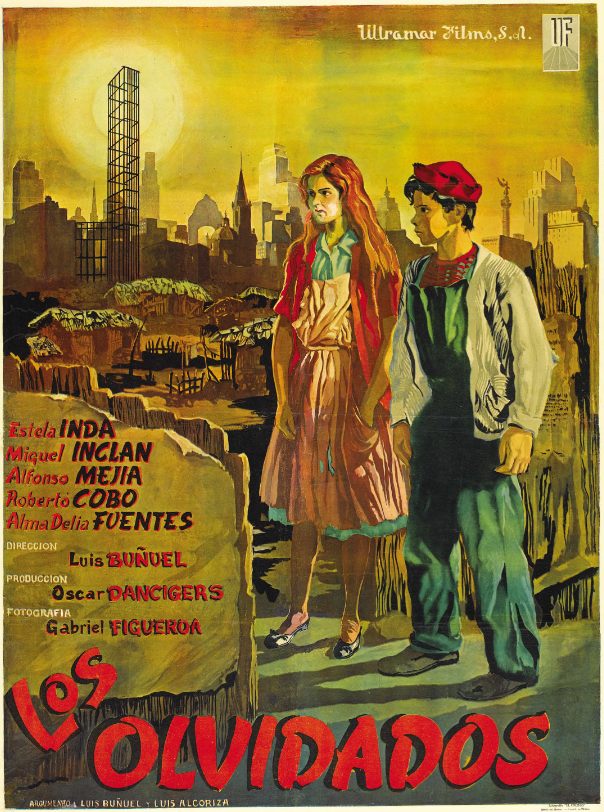
Los Olvidados (1950)
Directed by Luis Buñuel
Ultramar Films
Most serious film nerds know about Luis Buñuel, even if they’ve never seen any of his movies.
And even if they’ve never seen Buñuel’s first film — the influential surrealist short Un Chien Andalou (1929) — they’ve probably heard about its shocking, disjointed images, like ants crawling out of a hole in a man’s hand or a woman’s eyeball being sliced open by a straight razor. (If you’ve never seen Un Chien Andalou, go ahead and watch it right now. It’s only 16 minutes long.)
Buñuel made a big splash with Un Chien Andalou (1929) and his next film, L’Age d’Or (1930), but his career and life went in strange and interesting places between 1930 and 1950, taking him from his native Spain to working in Paris, Hollywood, New York, and eventually Mexico, where he settled in 1946.
I last reviewed Buñuel’s work-for-hire Jorge Negrete musical, Gran Casino (1947), which was neither an artistic nor a financial success, but I missed his more successful follow-up, El Gran Calavera (The Great Madcap) (1949).
Los Olvidados, however, is the film that really put him on the map, and if you’re only going to see one Buñuel film, I think it should be this one. (Of course, if you’re a serious film nerd, why would you only see one Buñuel film?)
At its November 9, 1950, premiere in Mexico City, the film scandalized and enraged audience members. Los Olvidados dared to not only show the worst side of life in Mexico City — the desperate poverty and parentless children of the slums — but also dared to depict those children not as sentimental objects of noble suffering, but as vicious, angry, and hopeless.
I first saw Los Olvidados at Film Forum in New York, and I was blown away by not only the film’s unflinching depictions of poverty and violence, but also by its incredible beauty.
A workaday writer or director handed the scenario of Los Olvidados would find hope by giving one of its main characters a happy ending and allowing the audience to nestle comfortably in the lie that good is rewarded and evil punished. (Incidentally, this is exactly what happens in the alternate ending that Buñuel — or someone — was forced to shoot, and which was rediscovered in 1996. After the screening I saw at Film Forum, the alternate ending was introduced and shown via video projection as a historical curiosity, and was received with incredulous laughter from the audience.)
But Buñuel knew that in the world of Los Olvidados, happy endings are a bourgeois lie. At the same time, Los Olvidados is not a hopeless film. It is an exhilarating masterwork, in which a sense of reality is undermined by moments like the one in which the young actor Alfonso Mejía throws an egg at the camera. Ironically, this breaking of the fourth wall undermines reality while at the same time creating a heightened sense of reality, when Mejía stares into the camera with disdain as the egg drips down the lens.







